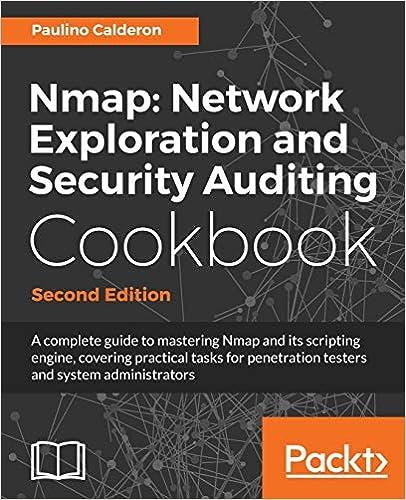Problem Set 5 1. Employee Retention. Employee retention is a major concern for many companies. A survey of Americans asked how long they had worked for their current employer. Consider the following example of college graduates who graduated five years ago Number Time with Current Employer (years) 1 506 2 390 3 310 218 5 576 Let x be the random variable indicating the number of years the respondent has worked for his/her current employer. a. Use the data to develop an empirical discrete probability distribution for x. b. Show that your probability distribution satisfies the conditions for a valid discrete probability distribution: f(x) 20 and Sf(x) = 1 c. What is the probability that a respondent has been at his/her current place of employment for more than 3 years? 2. Restaurants. The Chamber of Commerce of a Canadian city has conducted an evaluation of 300 restaurants in its metropolitan area. Each restaurant received a rating of 1-3 on its meal price (1 = least expensive; 3 = most expensive), and quality (1 = lowest quality; 3 - greatest quality). On your sheet is a crosstabulation of the rating data. Meal Price (1) Quality (x) 1 2 3 Total 1 42 39 3 84 2 33 63 54 150 3 3 15 48 66 Total 78 117 105 300 a. Develop a bivariate probability distribution for quality and meal price of a randomly selected restaurant in this Canadian city. Let x = quality rating and y = meal price. b. Compute the expected value for quality rating, X. c. Compute the expected value for meal price, y. d. The Var(x+y) - 1.6691. The Var(x) = 0.4964. The Var(y) = 0.6019. Compute the covariance of x and y. What can you say about the relationship between quality and meal price. Is this what you would expect? e. Compute the correlation coefficient between quality and meal price. What is the strength of the relationship? Do you suppose it is likely to find a low-cost restaurant in the city that is also high quality? Why or why not? 3. Public Transportation. In San Francisco, 30% of workers use public transportation daily. Out of a sample of 10 workers, what is the probability that fewer than 2 workers will use public transportation? Use the binomial distribution function a. Identify n, x, and p. b. Out of a sample of 10 workers, what is the probability that fewer than 2 workers will use public transportation? c. Out of a sample of 10 workers, what is the probability that 2 or more workers will use public transportation








